
views
Prepping the Cauliflower
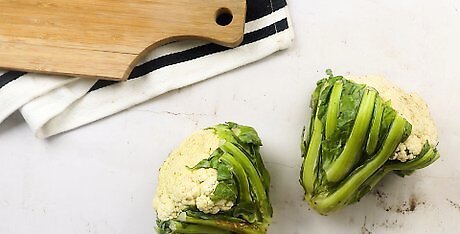
Pick out fresh cauliflower. Pick young, fresh cauliflower at its peak to freeze. The florets should be tight and white. Avoid heads with brown spots or limp parts. When you thaw cauliflower that was frozen after its peak, you won't be impressed with the flavor and texture. You can pick your own cauliflower or buy it from a farmer's market for optimum freshness. Avoid freezing very large heads or heads that have already been stored at room temperature for awhile.
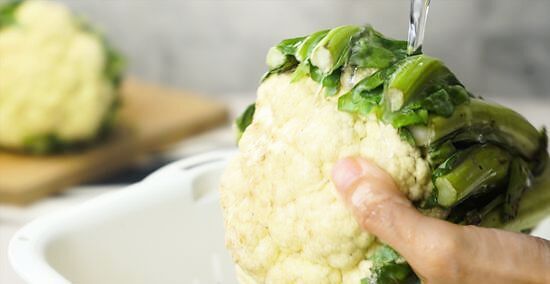
Wash the cauliflower. Use cool running water to rinse away any dirt, bugs and pesticides that have gotten trapped in the cauliflower's tight florets. If you picked the cauliflower, you might want to submerge it in a bowl of warm water to make sure you wash out all the nooks and crannies. Watch carefully, as spiders like to hide in between the flowers.
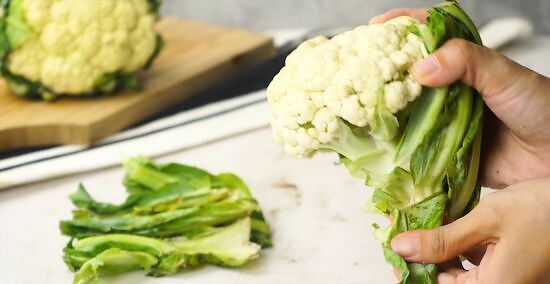
Remove all leaves. The green leaves can be discarded. Only the white florets will be frozen.
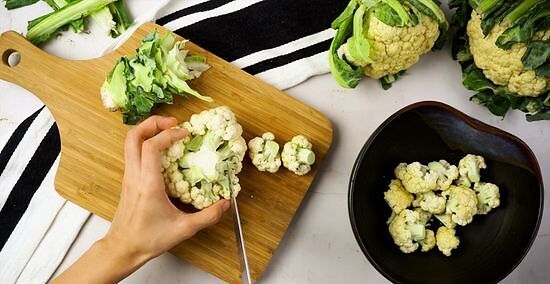
Cut the cauliflower. Use a sharp knife to trim away any brown spots. Cut the cauliflower into 1-inch florets for easy freezing. You can also use your hands to split the florets apart. If you prefer, you can cut the cauliflower into larger or smaller pieces. Think ahead about what you might make with the cauliflower when you're deciding how to cut it. If you anticipate using it to make cauliflower soup, it doesn't matter whether the pieces are uniform, since they'll be pureed. If you're going to use it to make a roasted cauliflower side dish, you might want to make the pieces more uniform for a prettier presentation.
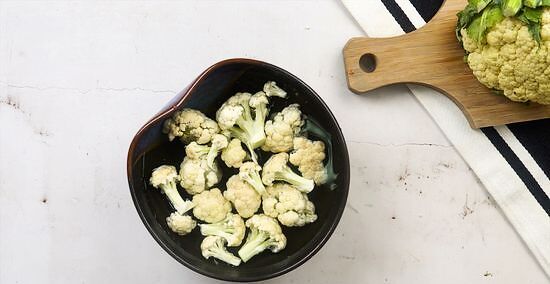
Soak the florets in brine. If you're worried that the cauliflower florets might contain insects - a common issue with freshly-picked cauliflower - you can take the extra precaution of soaking them in brine. Fill a large bowl with a gallon of tap water and 4 teaspoons of salt. Soak the cauliflower florets for 30 minutes. Any insects will float to the top. Discard the brine and rinse the cauliflower once more.
Blanching the Cauliflower

Bring a large pot of water to a boil. Blanching cauliflower will destroy enzymes that cause it to break down and lose its color and flavor. To blanch cauliflower, bring enough water to cover the cauliflower to a rolling boil in a large pot. Neglecting to blanch the cauliflower before freezing it will probably result in mushy, discolored cauliflower when you thaw it later. It's worth the effort to blanch it first.
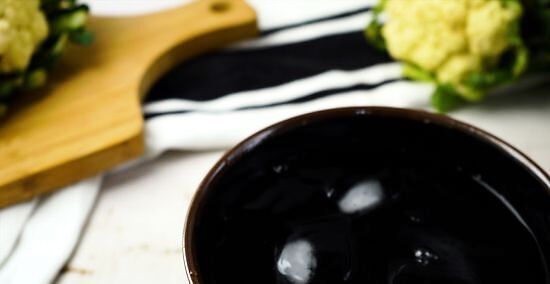
Make an ice bath. While the water is coming to a boil, place ice cubes and water in a bowl large enough to hold the cauliflower. You'll plunge the blanched cauliflower into the water after boiling it to immediately stop it from overcooking.
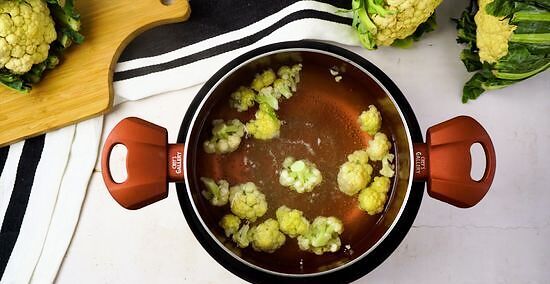
Place the cauliflower in the boiling water. Boil it for 3 minutes, which is long enough to kill the enzymes that ruin the cauliflower's flavor over time. If you have too much cauliflower to fit in the pot all at once, blanch it in patches.
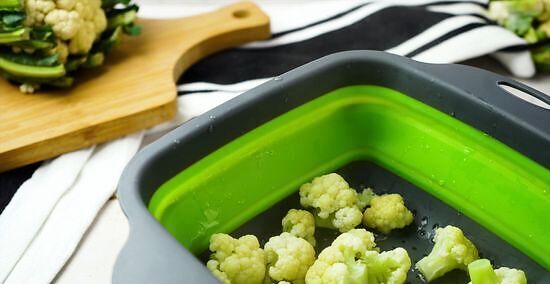
Transfer the cauliflower to the ice bath. Use a slotted spoon to move it from the pot to the bath of ice, to stop it from overcooking. After about 3 minutes, you can drain the water and ice away. The cauliflower is now ready to freeze.
Freezing the Cauliflower
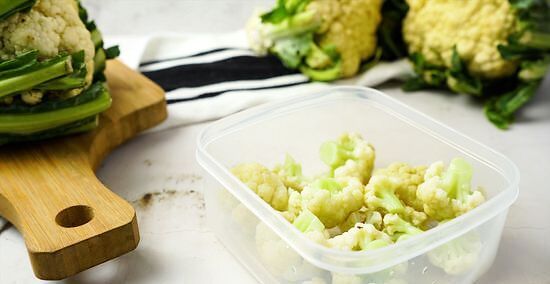
Portion the cauliflower into freezer-safe containers. Freezer bags or tubs are your best bet for frozen cauliflower. For convenience, place enough cauliflower in each container to serve as the base for a full meal. For example, if you know you want to make cauliflower soup, you could place 2 - 3 cups of cauliflower in one storage container so you'll have the exact amount you need later. If you use freezer bags, try to squeeze out most of the air before sealing them. This will help preserve the cauliflower for a longer amount of time. You can also use a straw to suck out the excess air, then press the bag closed when you remove the straw. A foodsaver device or vacuum sealer work well for freezing large amounts of food.
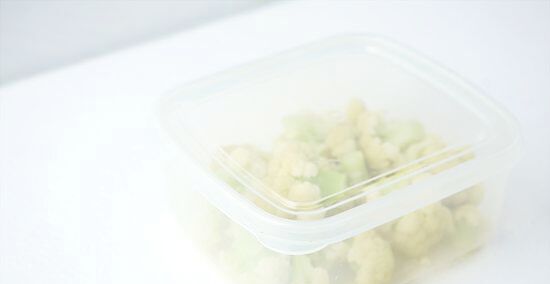
Freeze the cauliflower. Label your bags and place them on a shelf in your freezer. They will keep there for several months.
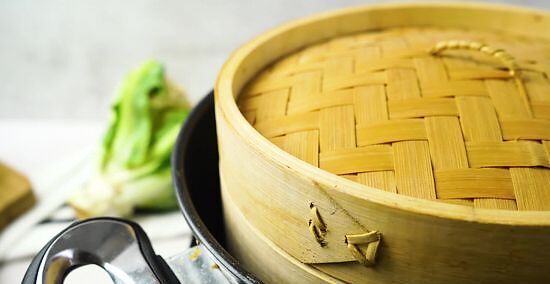
Reheat the cauliflower when you're ready to use it. Frozen cauliflower only needs to be reheated for about 90 seconds after the blanching and freezing process. Simply drop the frozen florets into boiling water, or steam them. They are now ready to use in your favorite cauliflower recipe. Here are a few to try out: Cauliflower Soup Cauliflower Gratin Cauliflower Curry




















Comments
0 comment